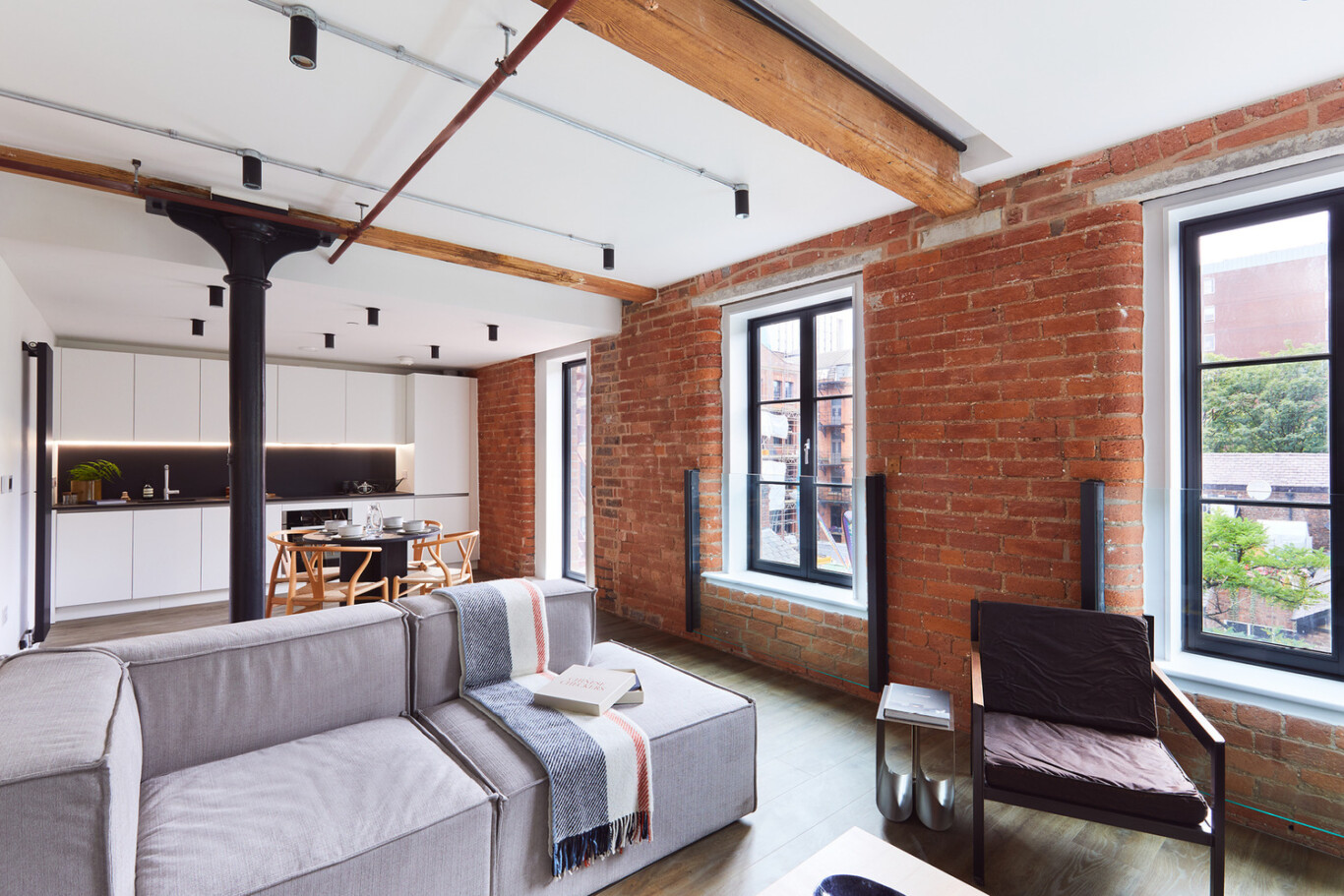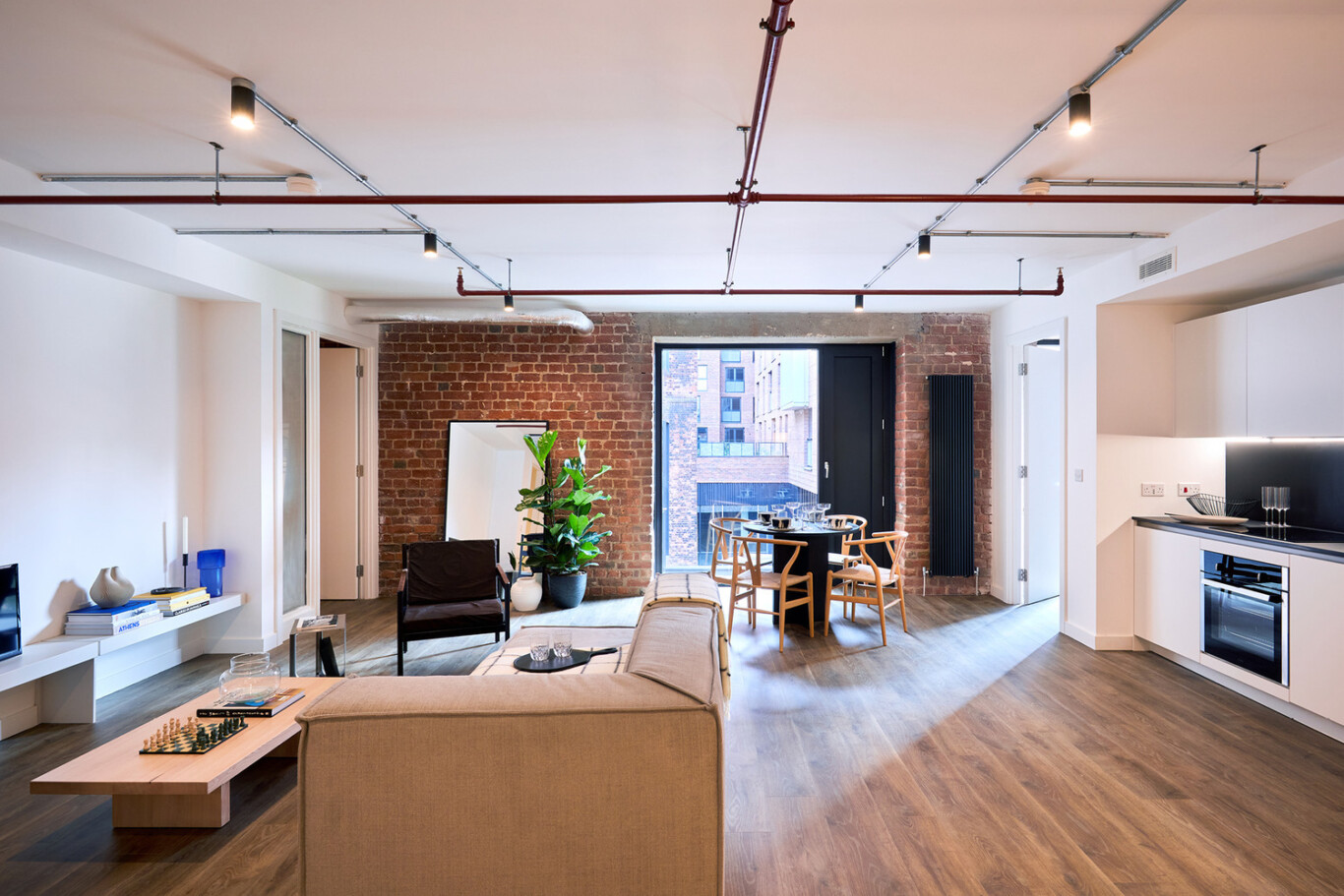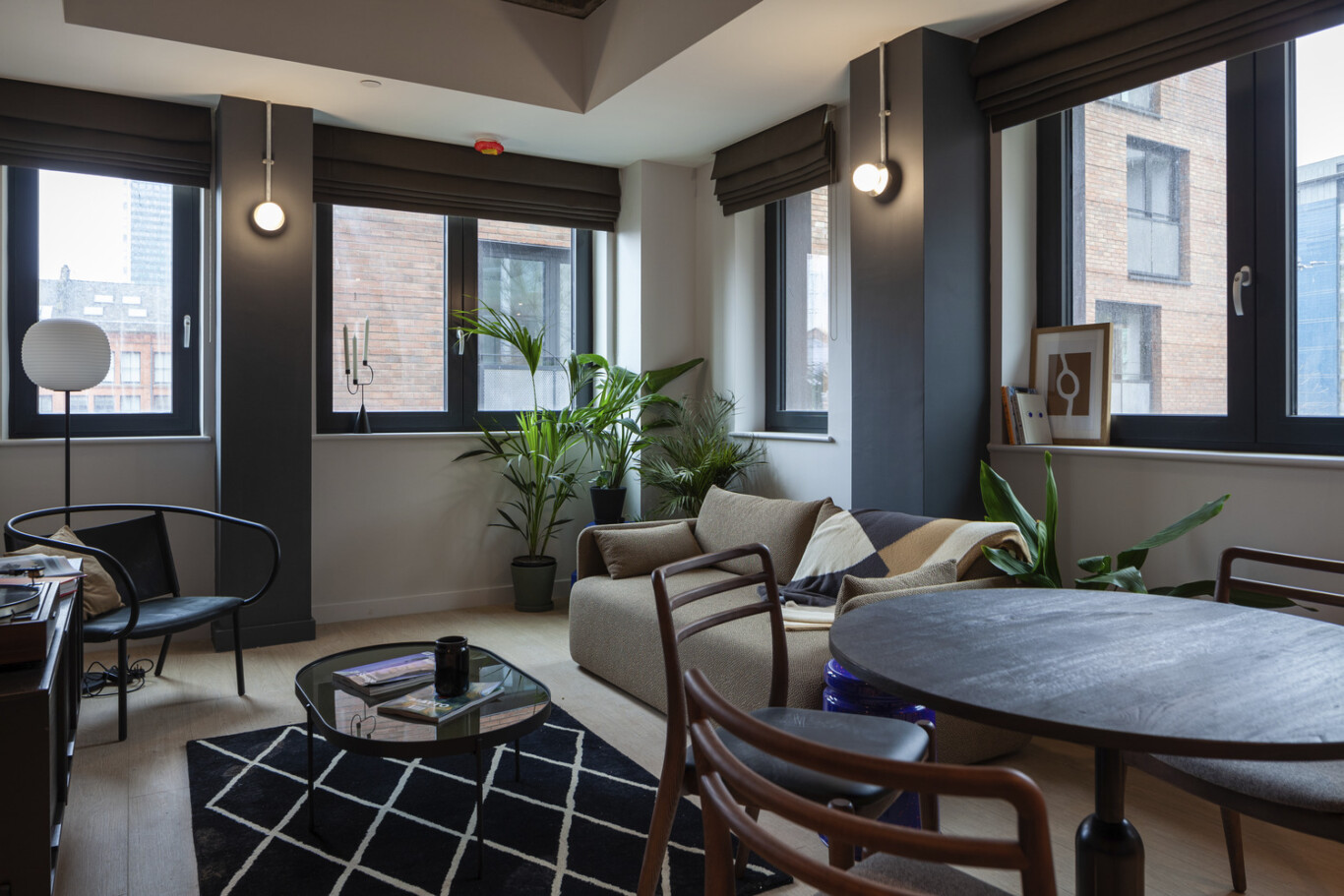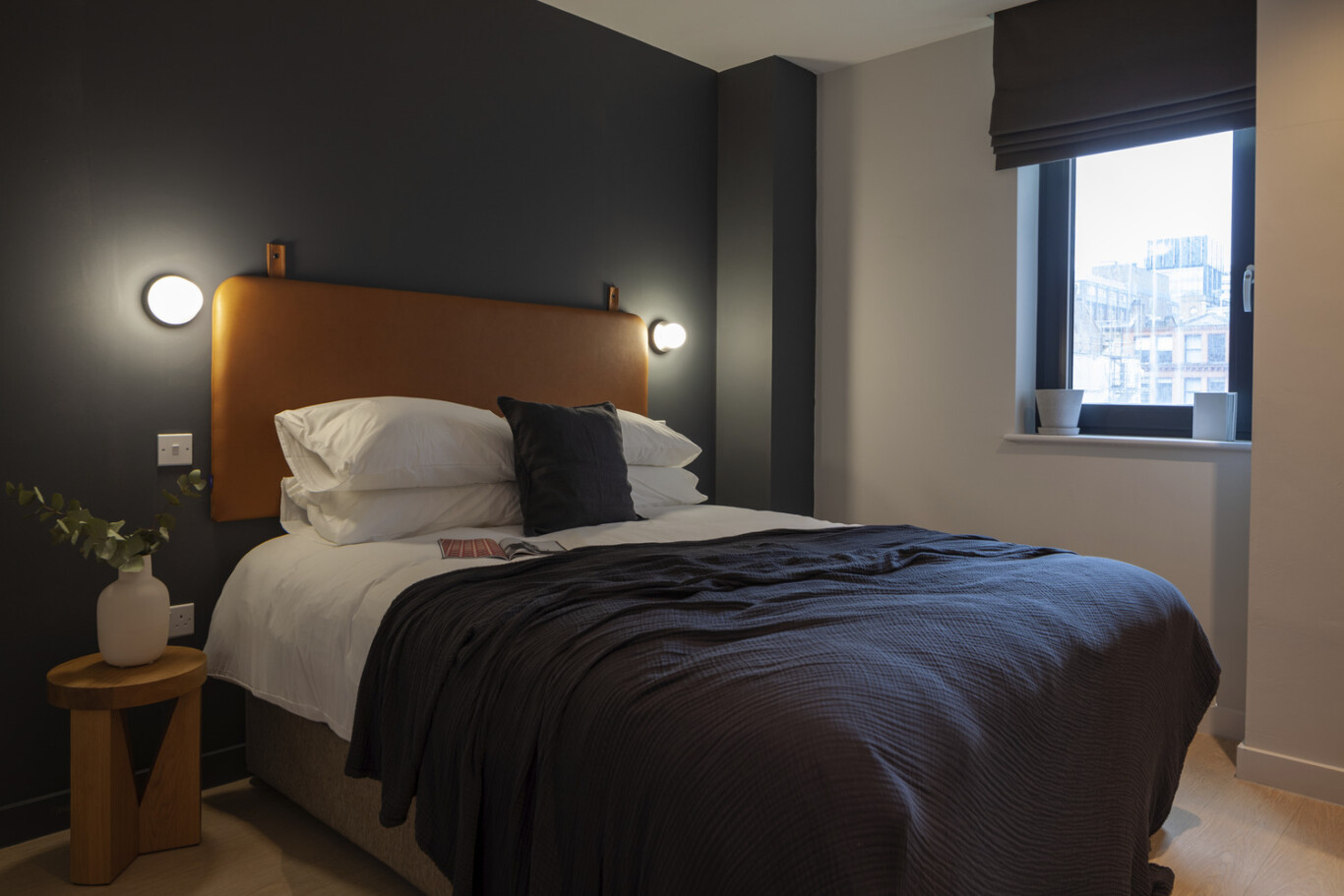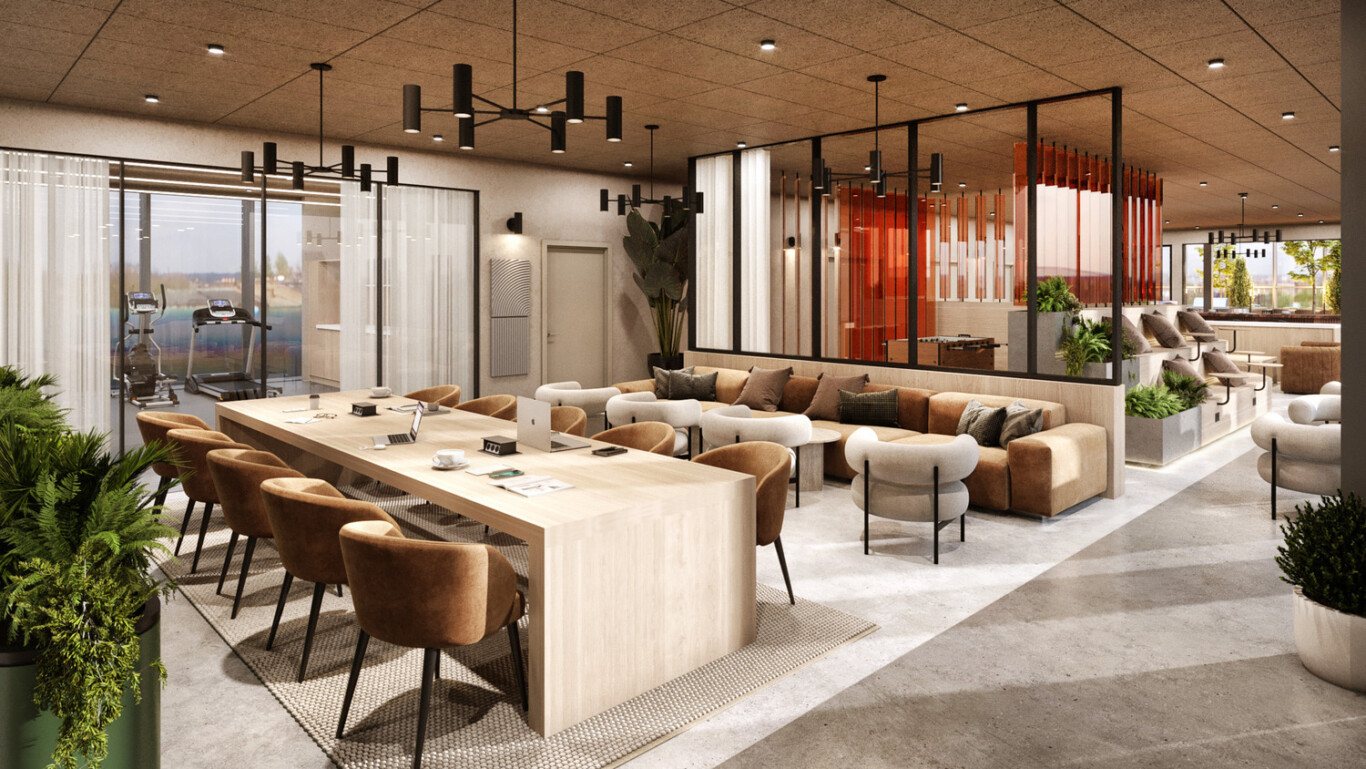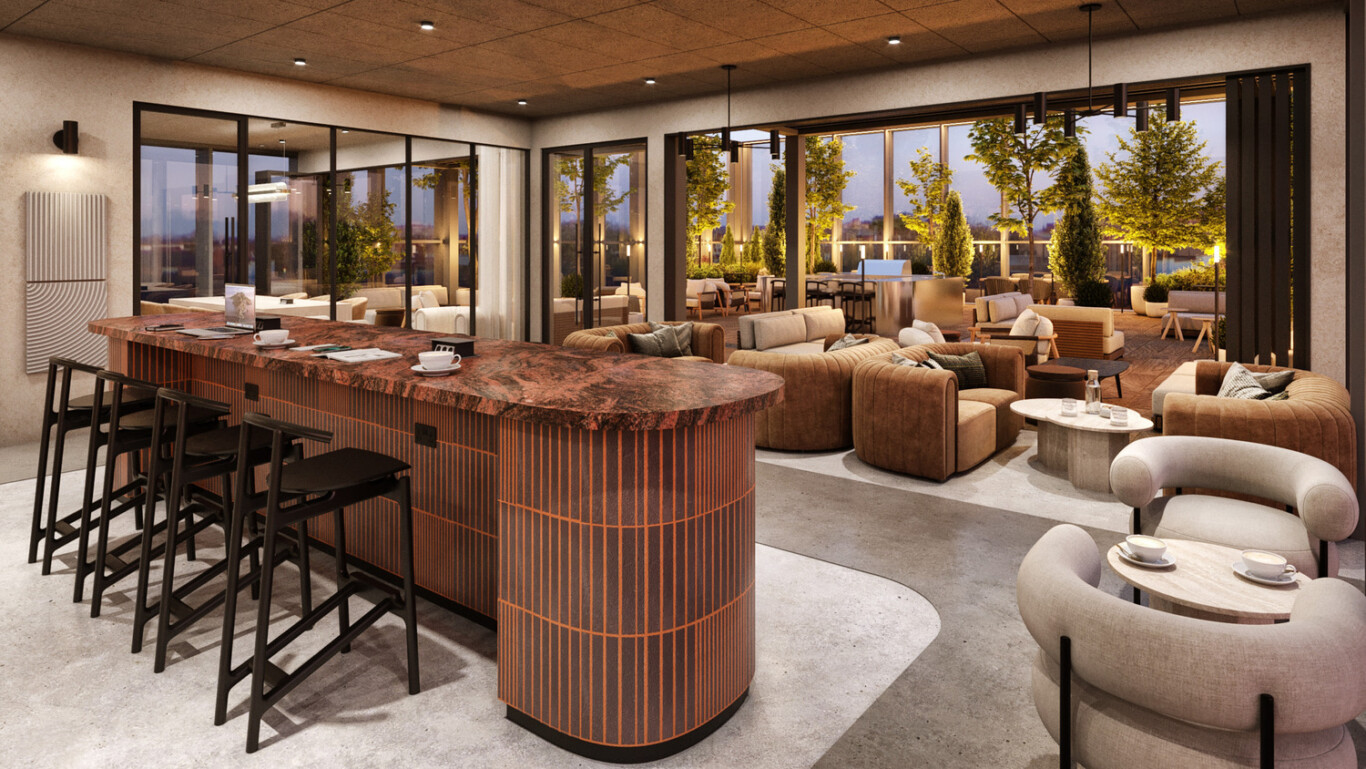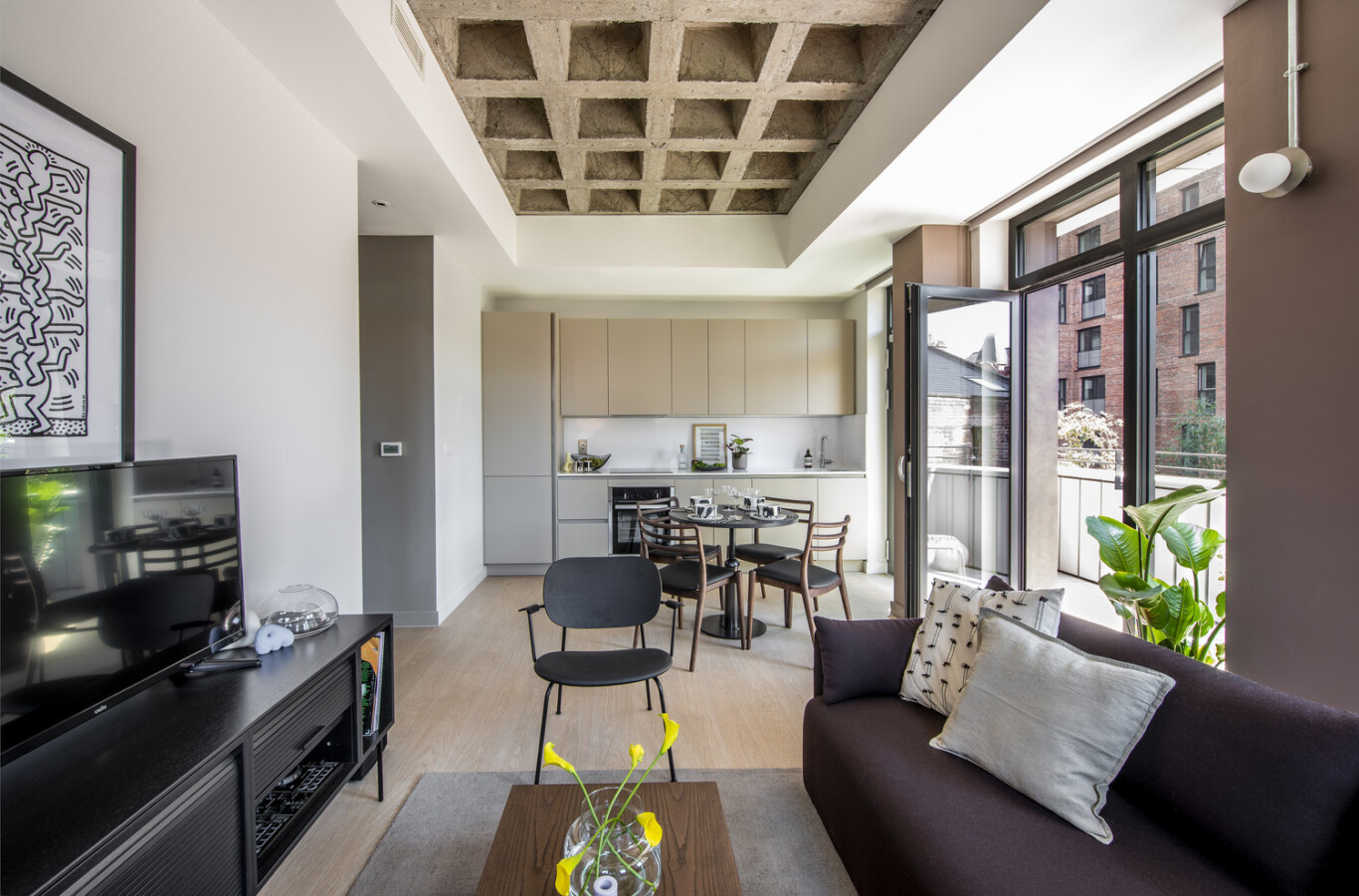
Repurposing redundant offices into much-needed housing
With decades of experience in the Residential sector, Chapman Taylor creates high-quality, attractive, and well-considered designs that develop into positive and sustainable places for people to live. With a central focus on Responsible Design, placemaking, and well-being, we are currently designing and/or delivering a wide range of living formats, including city centre gateway apartment towers, Build-to-Rent community schemes, residential villages surrounded by nature, student apartments and private for-sale residences.
In this Insight Paper, UK Board Director Michael Swiszczowski and Head of Chapman Taylor’s Residential Sector in the UK looks at the growing trend, particularly post-pandemic, of repurposing redundant offices into much-needed housing.
Introduction
The repurposing office to residential movement is not new; research from Savills indicates that from 2015 onwards, approximately 14.4 million square feet of office space has been repurposed for residential living in England, with a further 37.9 million undergoing transformation. Such initiatives are crucial not only for mitigating the housing shortage but also for advancing our commitment to environmental stewardship. Nonetheless, these conversions demand a sensitive approach that considers the future inhabitants and the surrounding context, ensuring adequate transportation and a sustainable and viable mix of spaces that foster genuine community ties and a sense of belonging.
Understanding office spaces
Office spaces are typically classified into three categories:
• Grade A: Often recently refurbished or new-build prime buildings with top-tier rents, centrally located, and boasting robust security and amenities.
• Grade B: Mid-range rents with functional yet less luxurious features, adequate amenities, and located slightly outside central districts.
• Grade C: Budget-friendly rents, often housing services or industrial businesses with minimal amenities.
Legislative landscape
In 2013, planning regulations in England were amended to ease the transition of office spaces into residential units, a change that has been made permanent. The introduction of Class O (previously Class J) has been particularly beneficial for developers, simplifying the change of use under the General Permitted Development Order (GPDO) of 2015. While conversions can occur almost anywhere in England, they are not permissible in listed buildings, safety hazard zones, military explosives storage, or near ancient monuments unless exempted by an Article 4 direction. The transition of office spaces into residential homes is also governed by minimum space and bedroom size standards that ensure new dwellings provide adequate living conditions. These standards are crucial in preventing the development of substandard and cramped living spaces, safeguarding the well-being of residents. They stipulate the minimum dimensions for rooms, ensuring not just space for sleeping, but also for living and working, reflecting modern lifestyle needs. The enforcement of these standards is a testament to the commitment to quality in the reconfiguration of workspaces into habitable homes, fostering environments that support a high quality of life.
Rationale for Office-to-Residential conversions
As businesses evolve and target grade A offices, grade B and C office spaces, in particular, become prime candidates for conversion. This is further fuelled by the Coronavirus pandemic's impact on working models and customer behavioural changes in relation to shopping and using urban spaces, which has increased the availability of such properties. Local Authorities recognise the potential of these spaces to invigorate town centres, echoing former Housing Secretary Robert Jenrick's endorsement of conversions as a means for high streets to adapt and flourish. According to Jenrick said: “The conversion of unused shops into cafes, restaurants, or even new homes can help the high street to adapt and thrive for the future”, emphasising that conversions carry significant economic effects (Meenie,2021).
Addressing the Housing Shortage
Political support for office-to-residential conversions is strong, driven by the need to build approximately 340,000 new homes annually in England. Besides meeting housing demands, such projects bring life back to urban centres and can lead to economic revitalisation.
Interestingly, the number of office buildings approved for conversion to residential housing increased by 24% in the year 2021, rising to 1,180 from 950 in the previous year (2020).
Andrew Wilmot-Smith (2022), Partner in the commercial real estate team at Boodle Hatfield says: ‘With businesses adopting new models of working, developers are making use of excess office space to deliver much-needed housing.’
Additional advantages
The Homeviews Build-to-Rent (BtR) report, which has access to over 36,000 resident reviews, shows that office-to-resi conversions are well-received, often surpassing purpose-built schemes in design quality. Despite criticism particularly for Build-to-Sell schemes, office-to-resi is very much leading the way alongside purpose-built BtR schemes.
Location and uniqueness
Converted properties typically offer unique living experiences due to their central locations, excellent access to transport, and amenity provision, making them desirable places to live as well as attractive financial assets. Compared to their newbuild counterparts, office-to-resi conversions can by their nature be unique, offering a potentially bespoke approach to affordable living. To achieve this, designers must be creative in their approach in order to ensure spaces are being designed efficiently to accommodate the existing structure.
By preserving architectural elements and incorporating innovative materials, these conversions often command higher rents and contribute to the area's character. For example, retaining existing characterful features, retaining high ceilings (which can be increased further through the omission of raised access floors and suspended ceilings), exposing structural elements to provide distinctive aesthetics, and merging new and innovative materials can be seen to provide a differentiating factor.
Sustainability focus
In the face of the escalating climate crisis, prioritising the repurposing of existing structures for residential purposes emerges as a logical and primary strategy for developers and investors. This approach is underscored by the significant costs and environmental burdens associated with acquiring land, labour, and materials for new constructions—all of which contribute heavily to carbon emissions. Adaptive reuse stands out as a sustainable alternative to the environmentally and financially costly cycle of demolition and new construction. It leverages the inherent value of a building's existing infrastructure, thereby encapsulating the embodied carbon and mitigating waste— a major concern in the construction industry.
Moreover, while retrofitting serves to diminish the carbon footprint and resource wastage of construction projects, the industry should also embrace and prioritise Modern Methods of Construction (MMC), particularly offsite construction techniques. These methods represent some of the most efficient strategies for minimising waste. Consequently, in our pursuit of sustainable development, it is imperative that all feasible methods are rigorously assessed for their environmental impacts, ensuring that the full spectrum of sustainability criteria is considered and adhered to in the evolution of the construction sector.
Additional considerations
Converting existing buildings into residential homes must meticulously adhere to today's rigorous fire regulations and safety standards. This necessitates comprehensive intrusive surveys to scrutinise the building's current state, especially the structural integrity and the materials composing the external envelope, to inform the feasibility of such projects. Moreover, a detailed carbon calculation is imperative to ascertain the balance between the building's retained embodied carbon and the environmental cost of construction and retrofitting efforts.
It's essential to recognise that while retrofitting can have substantial environmental benefits, it might introduce operational inefficiencies. Factors such as the building's shape, mass, and the ratio of floor space to wall area can significantly influence its energy performance, affecting heating, cooling, and lighting needs.
Furthermore, the transition from office to residential use is a nuanced and often controversial topic, demanding a conversion process that is mindful and sustainability-focused. The pursuit of quality should stand on equal footing with profitability. Crucial urban elements—like access to the public realm, robust transportation networks, educational institutions, and retail and leisure services—must be integral to the planning process. Residential developments need to be envisioned not as isolated entities but as integral parts of a comprehensive urban strategy, ensuring their successful integration into the fabric of the community.
Case Studies
The paper presents two case studies: Clay - Salford Quays, and Clay - Reading, showcasing the practical application of these principles in real-world conversions. These projects illustrate the potential for innovative design, environmental stewardship, and community integration.
Clay - Salford Quays
Clay, Salford Quays is an office-to-residential conversion of an early 1990s building at the head of the Erie Basin Quay in Salford. On behalf of our client Clay Life (Formerly Tene Living), we are in the process of converting the two former office blocks—Building 3 (8 storeys) and Building 4 (6 storeys)—into a unique Build-to-Rent scheme for this area, which has a thriving residential offering for the city.
The project has been strategically phased, with permissions acquired through Permitted Development for the conversion and Full Planning consent for the extension. Once complete, it will function seamlessly as a single entity, with a prominent, conveniently located entrance adjacent to the Anchorage Tram stop. Internally, the buildings have been stripped down to their structural skeleton, preserving the exterior shell to prioritise material reuse and carbon reduction. Upgrades to windows and curtain walling within existing frames ensure the structures meet contemporary standards for thermal performance and ventilation, effectively extending their usability.
Innovative design has been at the heart of this project. The generous ground-floor ceiling heights have allowed for the introduction of duplex units with mezzanine sleeping areas along the waterfront, showcasing the unique living spaces that can arise from adaptive reuse. These units offer distinctive living experiences and align with Homeviews’ data, which underlines the high satisfaction ratings of occupants of redeveloped properties.
Thanks to Clay Life's strategic ownership of a portion of the neighbouring multistorey car park, parking needs have been addressed with minimal environmental impact. The car park accommodates both vehicles and bicycles. The interior design philosophy celebrates the building's structural and historical elements, incorporating a colour scheme and branding inspired by the local heritage.
The development's crowning feature is the expansive terrace on Building 4’s eighth floor, designed to maximise the enjoyment of the impressive views and foster a sense of community among the residents. This project revitalises a key location at the Erie Basin and sets a precedent for sustainable urban development and the creative repurposing of existing spaces.
Clay - Reading
Clay Reading is set to be reimagined from its original office building status into a contemporary residential scheme on behalf of Clay Life. The project aims to transform the existing concrete structure into 144 modern dwellings through Permitted Development. At the same time, an extension is planned to introduce an additional 38 homes alongside communal spaces designed to foster resident interaction and wellbeing.
In alignment with Clay Life's commitment to Environmental, Social, and Governance (ESG) principles, Clay Reading is envisioned to surpass regulatory energy consumption benchmarks, embodying the ethos of a socially responsible development that strengthens community interaction and enhances local connectivity. Thanks to its prime, highly accessible urban location, the proposed development is not just a residential project but an incubator for a socially and economically vibrant new business community.
The development's green strategy is poised to substantially increase biodiversity over the current state, integrating eco-friendly technologies such as photovoltaic panels and air-source heat pumps for water heating. Each apartment will have electric radiators and energy-efficient LED lighting, with a communal laundry facility at the heart of the sustainability drive. This communal approach aligns with energy conservation goals—having demonstrated significant energy savings compared to individual in-unit appliances—and cultivates a sense of community and belonging among residents.
These shared spaces, including the launderette, are designed to be more than utility areas; they're envisaged as social hubs that encourage interaction. This will enhance the security of the development, foster a warm and inviting living environment, and ultimately contribute to a lower resident turnover and heightened collective civic pride. Clay Reading is set to become a beacon of sustainable living and community cohesion in Reading.
Conclusion
Transforming office spaces into residential homes is more than a pragmatic solution to the housing shortage—it's an opportunity to infuse vitality into urban landscapes. When approached with meticulous attention to design, environmental sustainability, and the intricacies of community dynamics, these conversions can yield living spaces that resonate with the needs and aspirations of urban dwellers. It is incumbent upon developers, architects, and urban planners to maintain an unwavering commitment to excellence and eco-consciousness, ensuring that such developments not only alleviate housing deficits but also enhance the fabric of city life. As this practice gains momentum, the homes created must be not merely habitable but are exemplars of thoughtful urban renewal, setting a precedent for future projects in the vibrant heart of our cities.
